Stretch marks—almost everyone has them, but few really understand them. With all the misinformation out there, it’s easy to feel overwhelmed by conflicting advice. Can you actually prevent them? Are they only caused by pregnancy? Will tanning make them vanish?
Let’s cut through the noise. In this guide, we’re separating myth from fact, using real dermatological research. Whether you’re already using a stretch mark cream or just starting your journey, here’s what you really need to know—and how Rejûvaskin can help support healthier skin without hype.
Myth #1: Only Pregnant Women Get Stretch Marks
Fact: Stretch marks, or striae distensae, can affect anyone.
Yes, they’re common during pregnancy (up to 90% of pregnant women will get them), but they also occur in adolescents during growth spurts, athletes during rapid muscle gain, or anyone experiencing weight fluctuations (Diehl, 2021). Genetics and hormones also play a major role in your likelihood of developing them (Schuck et al., 2020).
Myth #2: Tanning Can Make Stretch Marks Disappear
Fact: Tanning can actually make them more noticeable.
While it may seem like a bronze glow hides imperfections, stretch marks don’t tan like the rest of your skin. They may actually stand out more after sun exposure due to the lack of melanin in the scarred areas (Baumann, 2008). Plus, UV rays can further weaken skin and slow down the healing process.
Myth #3: You Can Prevent Stretch Marks Entirely with Creams
Fact: No topical product can guarantee prevention—but some can help reduce severity.
While no cream can promise complete prevention, certain ingredients can support skin elasticity and hydration, making stretch marks less likely or less severe. Ingredients like Centella asiatica, shea butter, and vitamin E have shown promise in improving skin's ability to adapt to stretching (Zhu et al., 2020).
Myth #4: Stretch Marks Are a Sign of Poor Health
Fact: They’re totally normal and not a health concern.
Stretch marks are not a medical problem. They’re simply a cosmetic response to changes in your skin’s structure—typically from rapid stretching, hormones, or both (Wollina & Goldman, 2017).
Myth #5: Only Expensive Treatments Work
Fact: Consistent skincare using the right ingredients matters more than cost.
While procedures like microneedling and lasers show some improvement for mature stretch marks (Nepomuceno & Da-Silva, 2018), high-quality topical products can be just as effective for prevention and early treatment—at a fraction of the cost.
Where Rejûvaskin Fits In
At Rejûvaskin, we’ve crafted our Stretch Mark Cream with purpose—not promises. Using a blend of high-quality botanicals and skin-nourishing ingredients, it’s designed to hydrate, soothe, and support skin elasticity. It includes key ingredients backed by research such as cocoa butter, hyaluronic acid, and Centella asiatica—ones shown to be among the most popular and effective in consumer-preferred products (Zhu et al., 2020).
Gentle, safe for pregnancy, and clinically backed, it’s a great addition to any routine—especially if you’re navigating body changes or just want to show your skin some extra love.
Stretch marks aren’t something to fear or feel ashamed of—but understanding the science behind them gives you the power to care for your skin smarter. With real information and products that prioritize healthy, resilient skin, you can feel confident in your stretch mark journey.
Works Cited
Baumann, L. S. (2008). Stretch marks. Cosmetic Dermatology. Link
Diehl, C. (2021). Stretch marks: a review. Ukrainian Journal of Dermatology, Venerology, Cosmetology. Link.
Nepomuceno, A. C., & Da-Silva, L. C. (2018). Laser treatment for stretch marks: a literature review. Revista Brasileira de Cirurgia. Link
Schuck, D., de Carvalho, C., Sousa, M. P. J., Favero, P., Martin, A., Lorencini, M., & Brohem, C. A. (2020). Unraveling the molecular and cellular mechanisms of stretch marks. Journal of Cosmetic Dermatology. Link
Wollina, U., & Goldman, A. (2017). Management of stretch marks (with a focus on striae rubrae). Journal of Cutaneous and Aesthetic Surgery, 10, 124–129. Link
Zhu, P., Fung, A., & Woo, B. K. (2020). Consumer preference of products for the prevention and treatment of stretch marks: Systematic product search. JMIR Dermatology, 3(1). Link
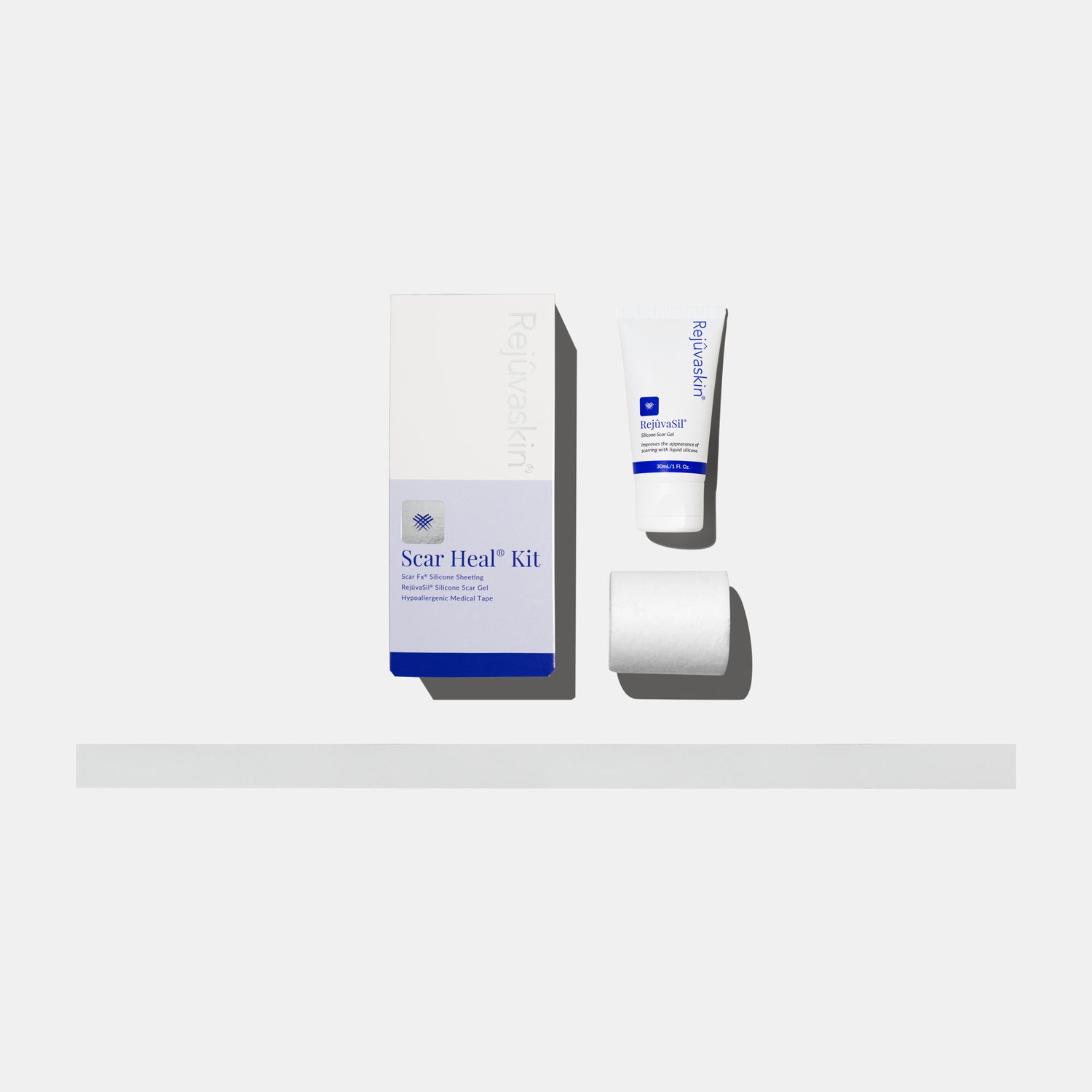


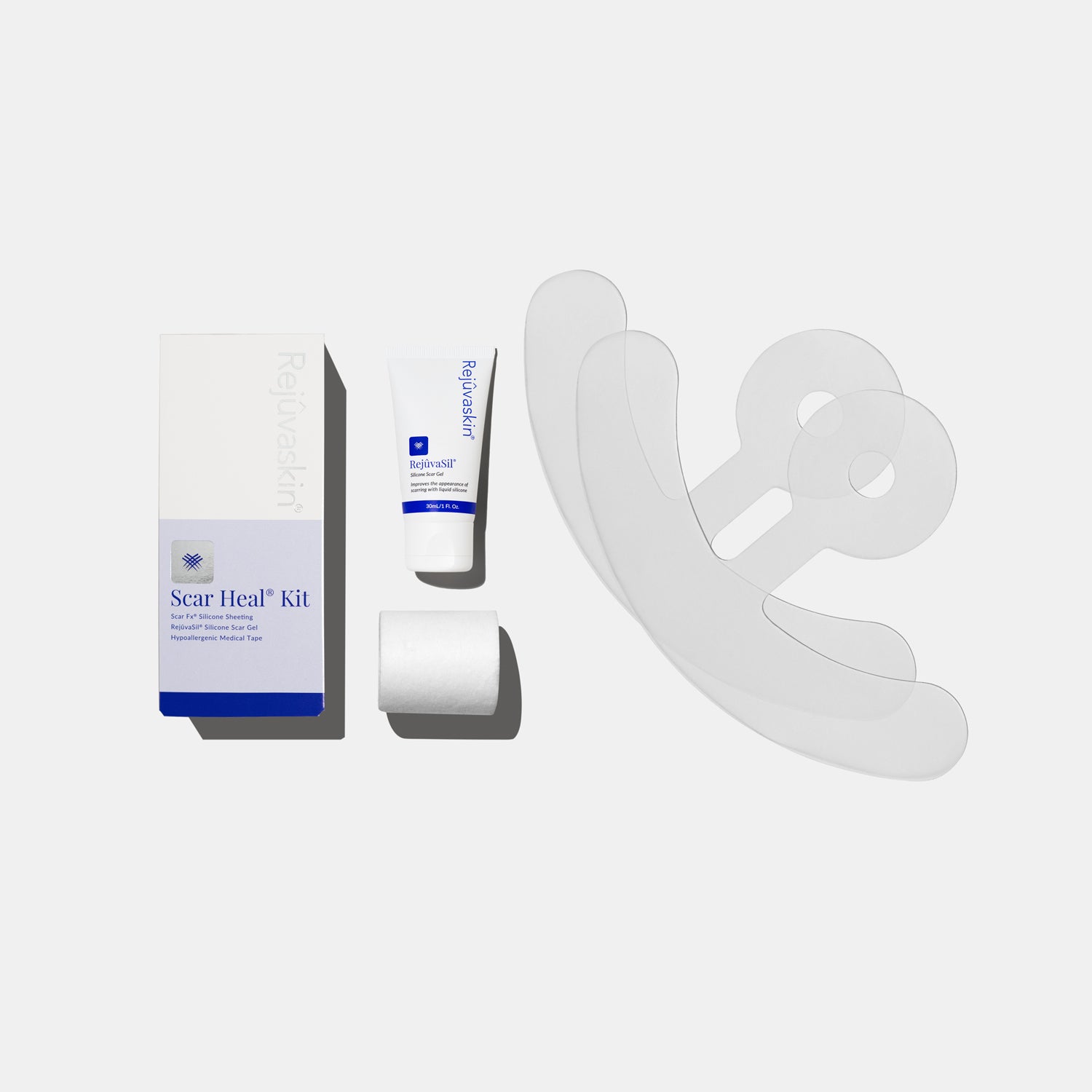
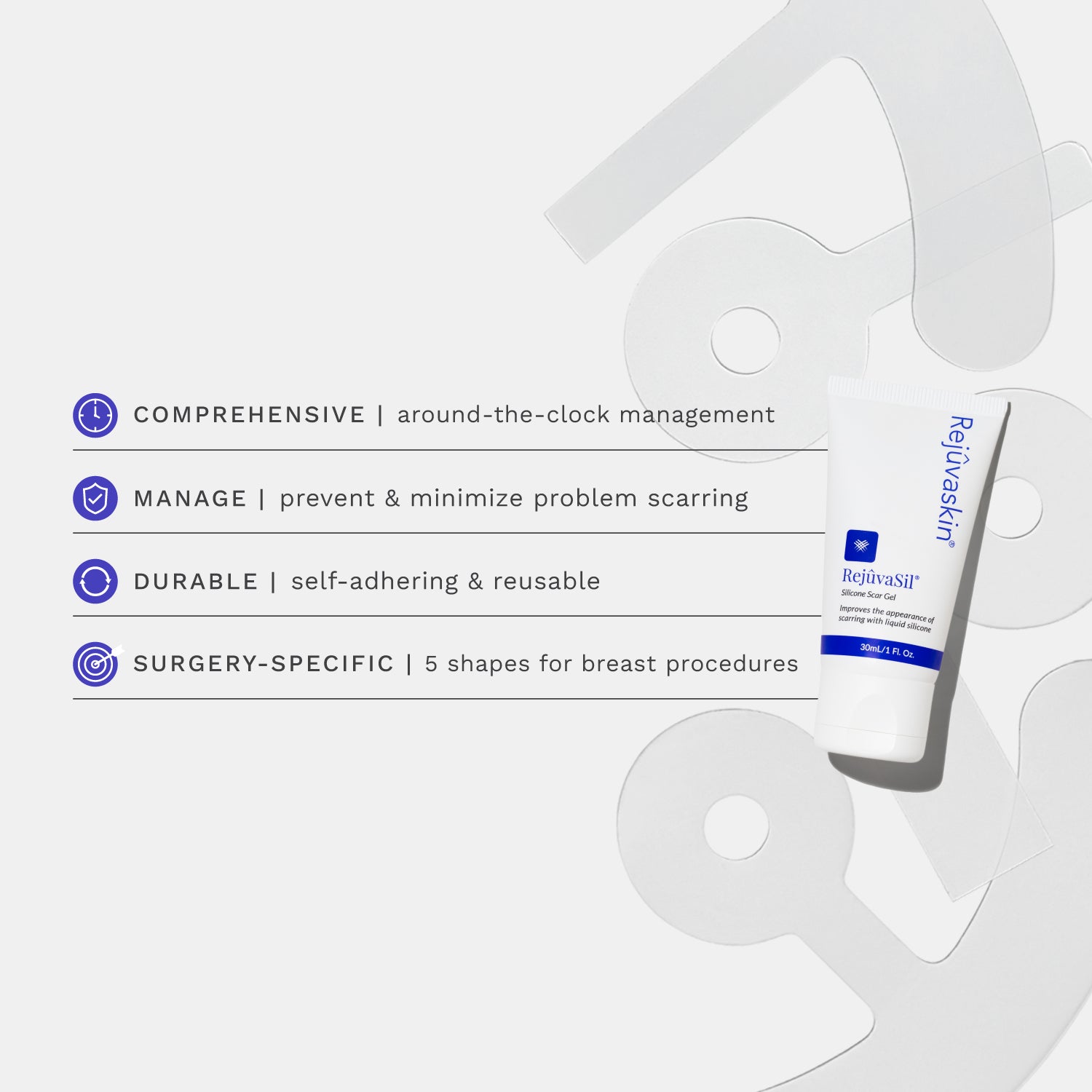
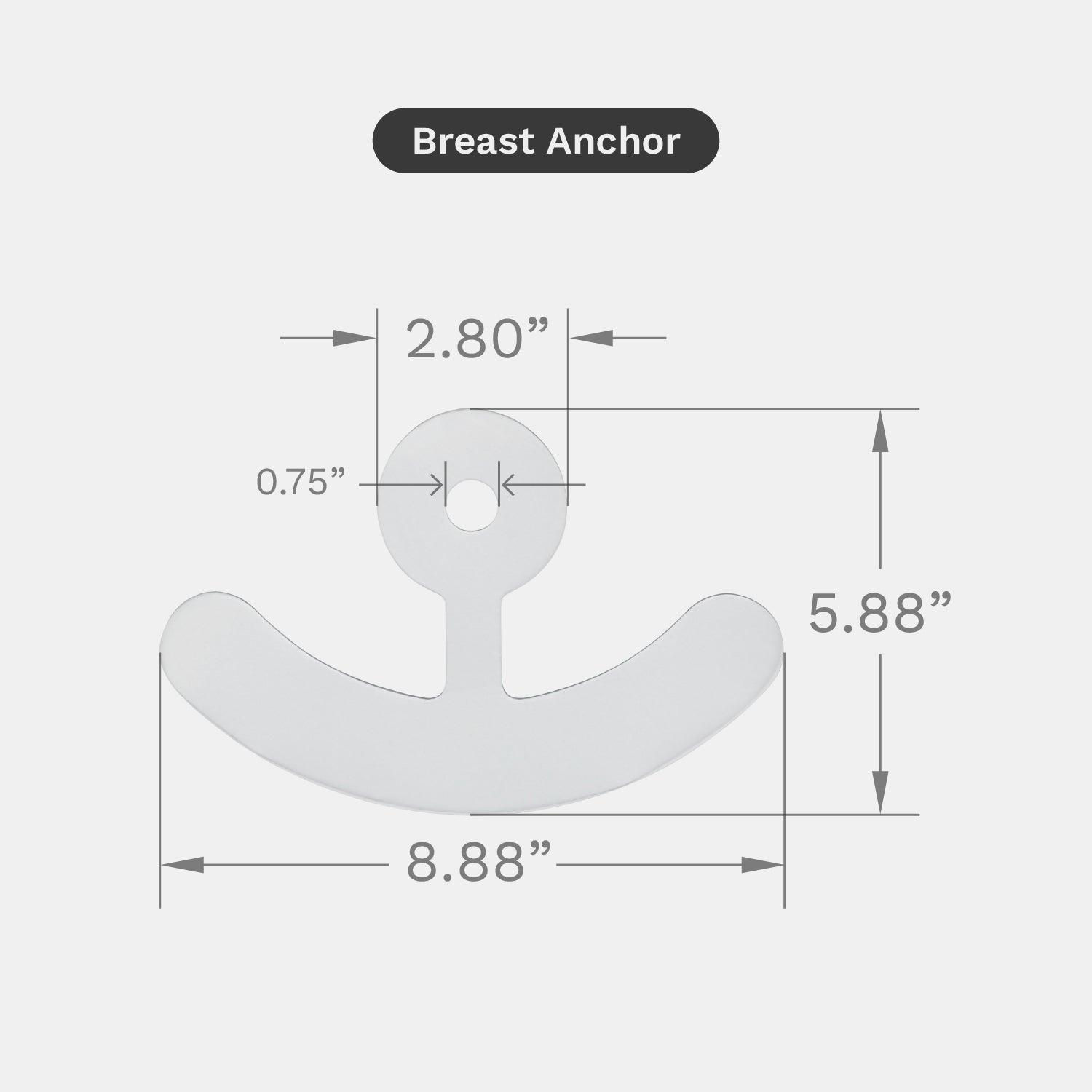
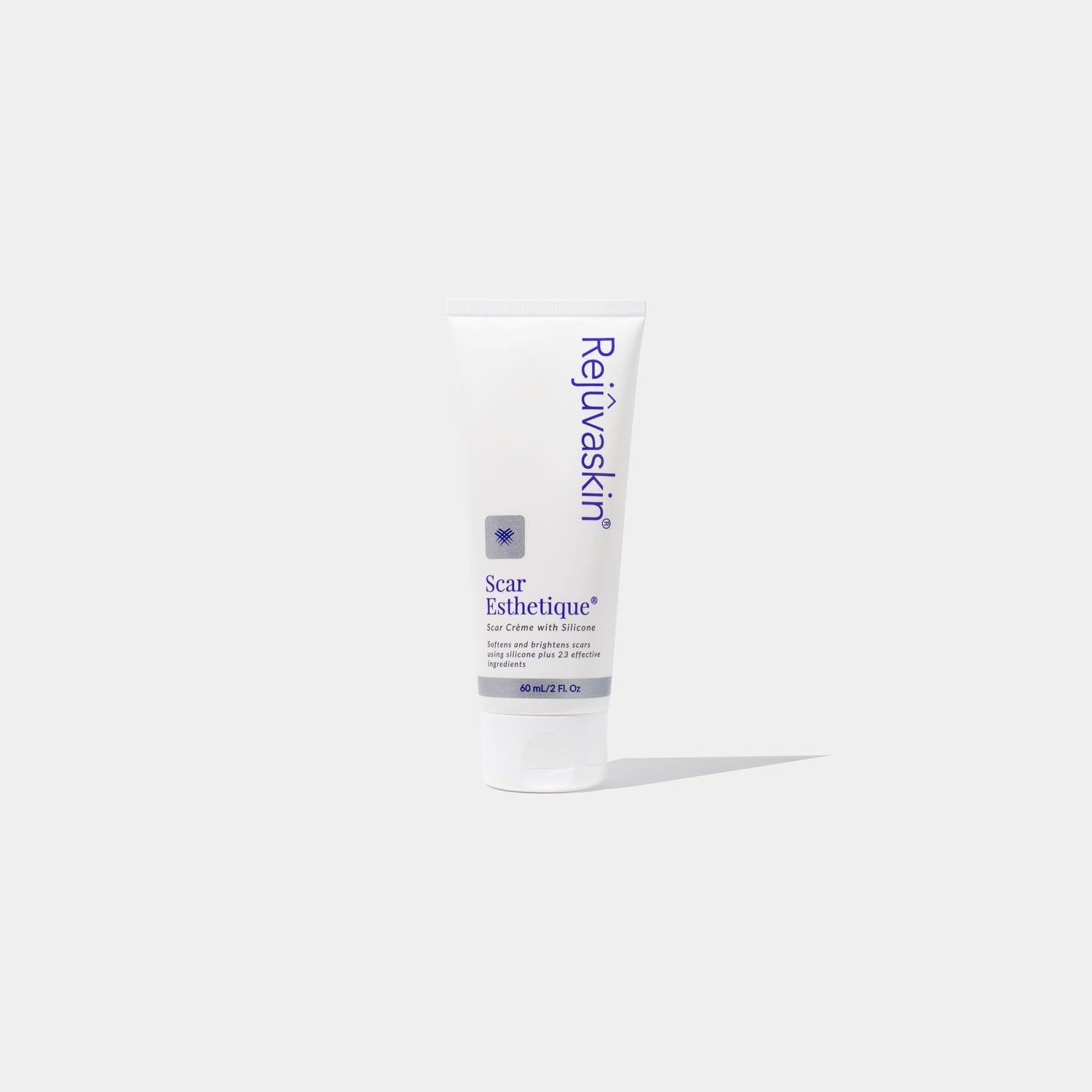
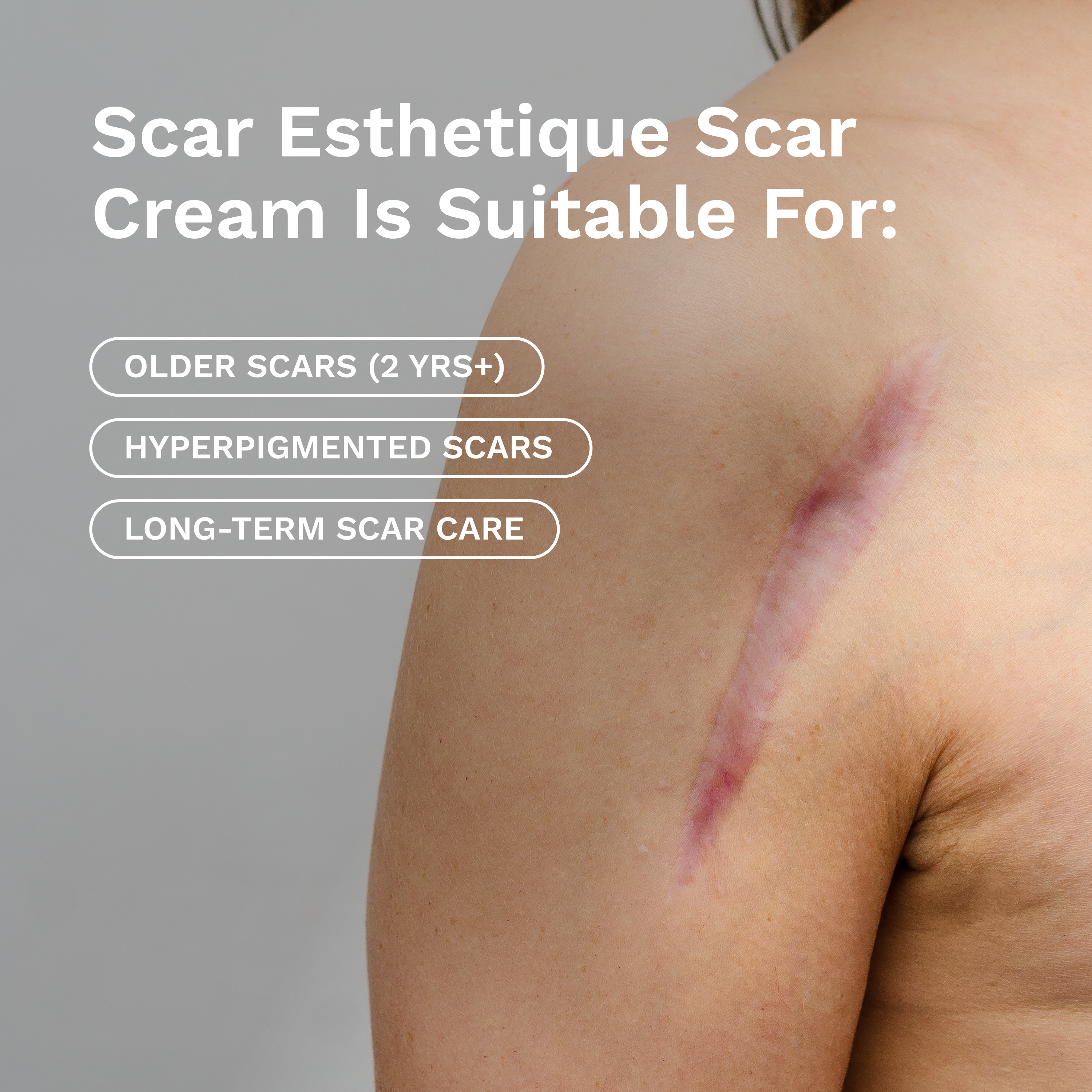








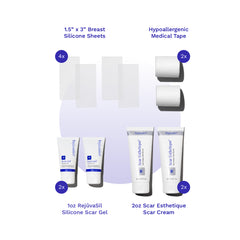
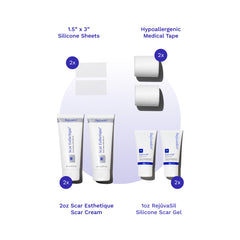

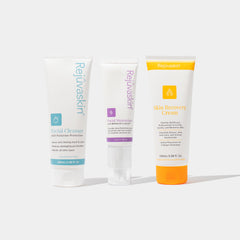
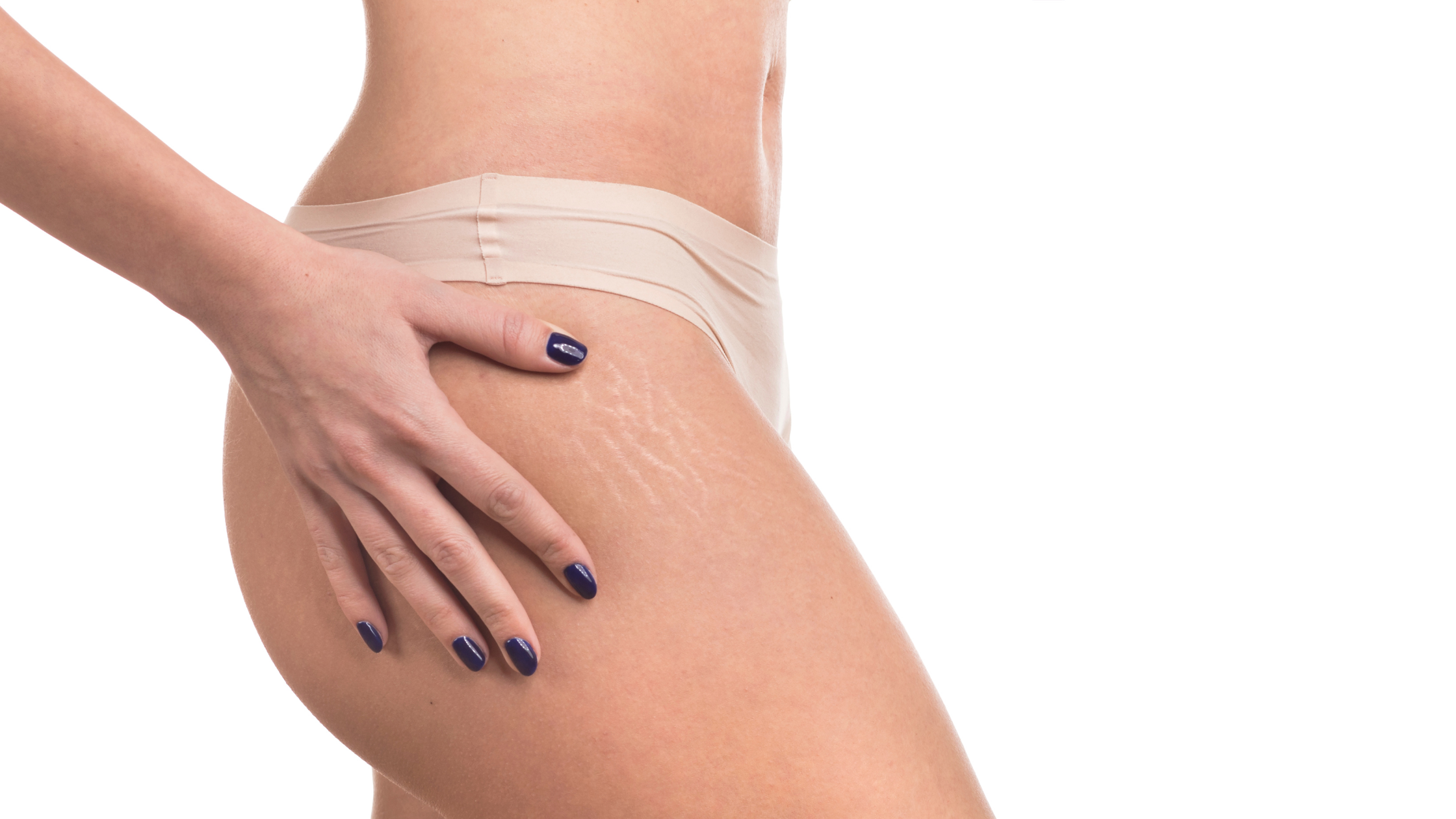
Leave a comment